Raspberry care in autumn
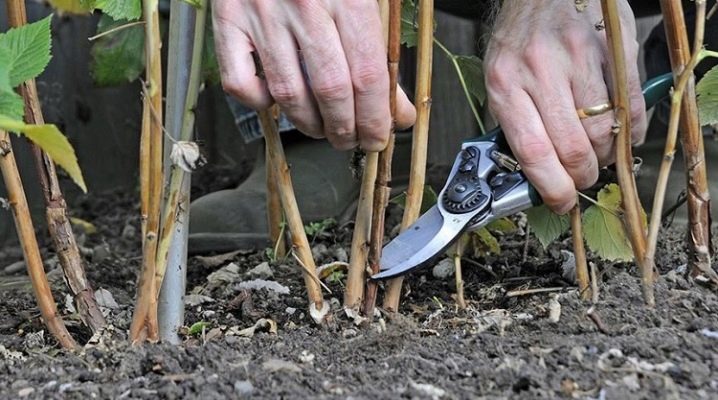
Raspberry, although a viable plant, but in order to obtain a high-quality and tasty harvest, you need to carefully look after the raspberry tree, even in the autumn period. Care begins after the end of the summer season and the collection of fruits - this will prepare the plant for wintering.
Peculiarities
It is customary for gardeners to divide autumn care into early and late periods. The early one starts from the last days of summer, when all the fruits have been removed. The late period begins from the time the very first leaf falls and continues until frost appears. It is then that the plant inhibits the life process.
High-quality preparation of raspberries for wintering is a guarantee that the plant will not die and will yield a harvest. All actions will not be difficult, but it is advisable to perform them and not ignore one or another element of care. In the autumn period, the following actions are carried out: they are cut off, fed, treated from negative influences, watered and covered. Each item will be described in detail below.
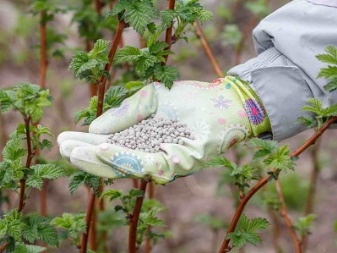
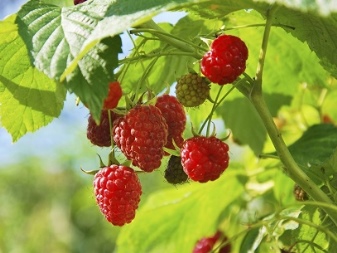
Pruning
The main procedure after harvesting the entire crop in the country is pruning old, fruiting shoots and thinning young (still green) ones. This is done so that the plant overwinters well and gives a bountiful harvest. The effect of timely pruning of shrubs:
- raspberries will not grow and will look aesthetically pleasing;
- the plant will survive the winter without problems;
- strong immunity will appear;
- protection from infections, pests and rodents;
- will provide sunlight and good lighting for all shrubs.
Pruning is carried out in the fall to reduce the risk of pests entering healthy shoots. Cutting times may vary... Most often it depends on the variety itself (early crops are pruned in September, late ones in October). It is important to do this before the onset of frost. Usually, all fertile, infected or unhealthy shoots are removed. In total, 4-6 healthy branches remain on the bush. And also gardeners shorten the tops if the shoots are too long.
Pruning should be done with a sharpened pruner that cuts rather than crushes. Fruiting shoots are sharply removed at the very root, since the fruiting of fruitful branches lasts only two years. Young, still green shoots should also be thinned out, otherwise they will not survive the frost anyway and die. In remontant raspberries, all old stems are completely cut off, and this does not depend on how old the plant is. In black raspberries, all lateral shoots are also pruned to 35-45 cm so that the plant does not grow, and the harvest is sweet. Cut off shoots must be burned or removed away, because they can be infected with infection, fungi and pests. For the same purpose, the remaining shoots are treated with a solution of ferrous sulfate.
For comprehensive care, gardeners thin out the area with shrubs (there is more than 60 centimeters of free space between them). Unnecessary shoots are dug up with a shovel.
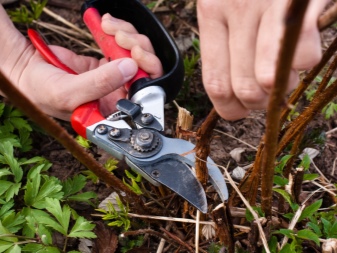
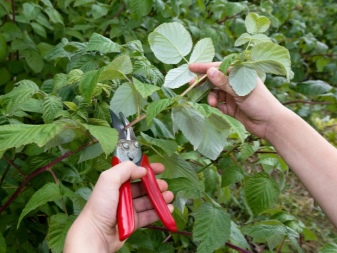
Watering
So that the root system is not overdried, the raspberries must be watered. In this case, everything needs to be done moderately, abundant watering will only harm and stimulate the growth of young shoots. But during a long drought, raspberries are watered more often: two to three times a month. The last watering is recommended to be carried out at least 5-7 days before the onset of frost, not later.
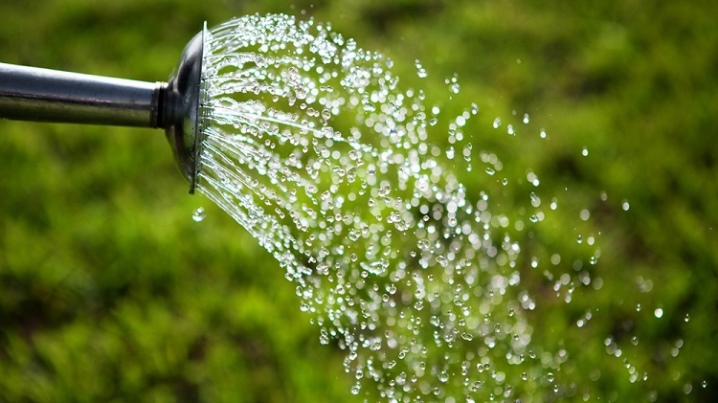
Top dressing
The plant needs to be fed regularly. But the choice of fertilizers and the frequency of their use depend on the quality of the soil and the age of the plant.Before feeding the raspberry bushes, first prepare the ground. First of all, mulch and debris are removed from the soil surface. All fallen leaves, dry branches and other residues are removed. All organic matter is sent for decay or incineration. Then all the soil on the site is carefully dug up with a shovel. By the way, they dig it up with great care, otherwise you can injure the root system.
Many recommend using not only organics, mineral fertilizers are also popular. They are used in different ways: you can simultaneously or alternate fertilizers after a year. Fertilizers begin to be applied after 2-3 years from the moment of planting raspberries. Annually under raspberry bushes for 1 sq. m, 3-4 kg of horse manure, humus, nitrogen (20 g of urea), phosphorus-potassium additives, 40-50 g of dolomite flour and wood ash are introduced. But they usually do it in spring and summer. One of the cheapest and most effective feeding options is bird droppings. The best option would be chicken manure (and in liquid form). Fertilizer is sprayed around the entire perimeter of the site.
Autumn is the ideal time for phosphate-potassium supplements. They are often used to saturate the bushes after pruning. Potassium increases the frost resistance of raspberries.
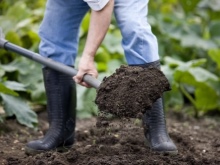
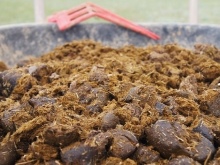

Mineral fertilizers should be used only in case of a visible lack of essential elements in the diet of raspberries.... Indeed, due to oversaturation with fertilizers, a decrease in the plant's immunity will occur, and it may die. To add mineral additives, special depressions are made in the soil (up to 20 centimeters deep and 20-30 centimeters away from the bushes). Autumn feeding increases the number of flower buds, which means that there will be much more fruit in the summer season. Experienced gardeners know that they can save money: replace expensive ammonia fertilizers with an inexpensive analogue - simple and cheap ammonia (10%).
Top dressing is carried out according to one scheme:
- Mix 30-35 ml of ammonia with water (10 l);
- to loosen the ground near the roots;
- water the plants with the resulting mixture (from 2 to 5 liters per 1 bush);
- cover the soil under each bush with mulch and one glass of wood ash.
It is better to use ammonia as a top dressing until September. The later processing is carried out, the less chances for raspberries to adapt to the cold and survive the cold season.

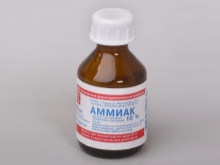
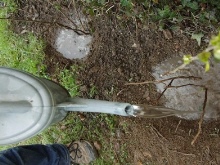
Treatment
A great season for processing shrubs is autumn.... With the help of periodic inspections and spraying of plants, you can isolate them from negative influences. Special substances are used to combat leaf spots, rodents, pests and diseases.
From disease
The cause of the onset of the disease must be determined immediately, as the first symptoms of the disease were discovered. Therefore, it would be good to inspect all the bushes regularly. Infected branches and leaves must be urgently removed. Otherwise, sources of infection can migrate to healthy parts of the plant. Fortunately, now there are many remedies for various diseases. It is only important to choose the right option. For example, root cancer is treated with a solution of copper sulfate. They need to cultivate the land around the root system.
The stems and roots of shrubs should be sprayed in the fall so that the fruits do not accumulate toxins. Copper sulfate is used to protect the stems: 50 g of the substance are diluted in 10 liters of water. The plant is sprayed completely, especially closer to the root. And also, instead of spraying, you can water the plant. The solution is diluted in the same ratio, one shrub should take more than a liter. If the infection is serious, the dose is doubled.
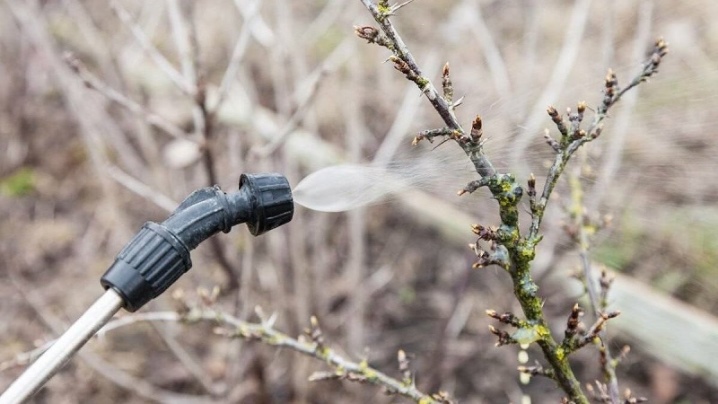
Treatment with such a solution is repeated in the spring. It is recommended to soak the raspberry roots in the solution just before planting. The plant is kept in solution for no more than 20 minutes. And also the solution is good for getting rid of moss and lichens. To do this, copper sulfate should be used to cultivate the land around the bushes.Processing is carried out in personal protective equipment (in a tight mask and rubber gloves). In practice, gardeners often use baking soda. It is safe and does not affect the taste of the crop.
You can choose any convenient method.
- For prophylaxis and as additional feeding - 1 level tablespoon of baking soda is diluted in 1 liter of water. Shrubs are watered no more than once a week before the start of frost.
- For leaves: 4 tablespoons of baking soda are diluted in 10 liters of water. Spray no more than once a week, preferably in the evening.
- For the purpose of processing leaves and adapting bushes to winter mix 50 grams of soap, 50 grams of soda itself and 10 liters of warm water. It is warm water that is needed so that the soap and soda dissolve faster.
There is no need to prepare special protective equipment, because baking soda does not harm human health.
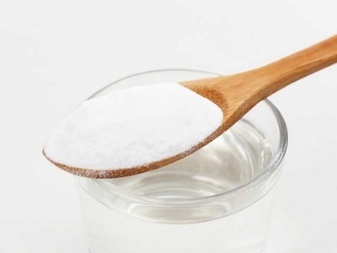
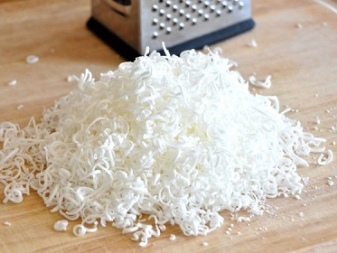
From pests
Gardeners with extensive experience note that it is necessary to deal with pests right away, there is no need to hesitate. For this reason, frequent inspection of plants is recommended in order to assess their condition and react in time if problems arise. For prevention, all cut shoots, rotten berries and leaves are burned. By the way, the resulting ash can be used as a top dressing. After that, the soil under the bush must be well dug in order to get rid of the insect larvae and the pests themselves, which just like to winter in such places.
In order to destroy harmful insects in the fall, they cultivate not only the bushes, but also the ground around them. When the last berries are collected, the stems are sprayed with a solution "Fufanona" (10 ml of product per 10 liters of water). The bush is sprayed from all sides. And also for pest control they use a product Actellik. It should be used according to the instructions: 1 ampoule (2 ml) is mixed with 2 liters of water and sprayed with raspberry bushes.
There are also other remedies, such as pills. "Inta-Vir" (we dilute 1 tablet in a 10-liter bucket of plain water). And also berry bushes can be treated with 5% Bordeaux liquid. The entire plant is carefully sprayed to eliminate all pests. It is advisable to carry out processing in dry weather. In order to obtain the maximum effect, other universal drugs are also used. All these tools are easy to find in any garden and summer cottage store, as well as in online stores online. Shelters should be built from mice and other rodents, and poisoned baits should be saved.
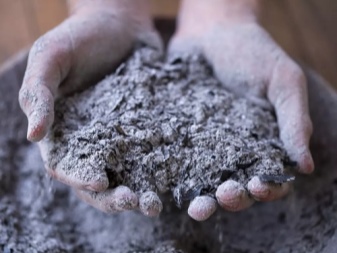

Preparing for winter
Usually, all shoots growing up are bent to the surface of the ground and fix this position with a strong cord or tape (gardeners like to use nylon tights to tie them up). For reliability, they are attached to pegs or wire.
Bending down shoots
It is undesirable to bend the shoots immediately sharply and too low, so branches can easily break. To do this more carefully, another row of wire is laid half a meter from the surface of the earth in order to tie whips to it and allow the plant to adapt. After one week, the shoots are tilted even lower, tied to the base near the soil. This procedure will protect them from fluid loss and death from the cold.
The main thing is to do it on time. Bending of the shoots is started after the leaves have fallen off. If you bend them later, they can easily break. And if you do it too early, bending will cause damping.
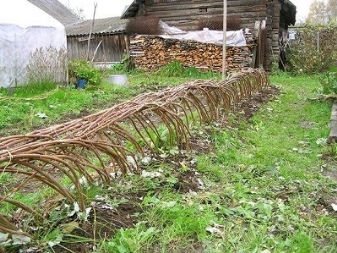

Shelter for the winter
The need for shelter is usually judged by the weather conditions of the area. And it also depends on the type of culture itself. For example, remontant raspberries are less resistant to winter compared to ordinary ones, so a shelter for the winter is prepared for it in almost any region. Usually, the plant is covered with a dense material (non-woven) or spruce branches. If there is practically no snow, then geotextiles are used on the site. Several layers of dense material (for example, spunbond) are laid on the already pressed shoots.Such a shelter will definitely protect the plant even from powerful winds and too low air temperatures.
It is possible not to bend the shoots if shelters with a height of human height are being erected for protection. However, if the winter is snowy, you do not need to cover the raspberries with special materials, because the snow will protect the roots of the shrubs from the cold. To do this, you need to think in advance about the retention of snow around the perimeter of the raspberry tree. They prefer to make snow holders from FSF plywood (this material is quite moisture resistant) or from polycarbonate (it is installed in such a way that a gust of wind does not blow off snow from the site).
In the spring, the shelter is removed before the onset of April, so as not to bring the bushes to dry out. Mulch is used to retain water in the soil. For this purpose, take plant material. Gardeners often practice mulching with cut grass or fresh sawdust.
The thickness of the mulching layer should not exceed 6 cm. Too thick layer will cause the stems to dry out when it gets warmer. Damping off, in turn, leads to the development of rot.

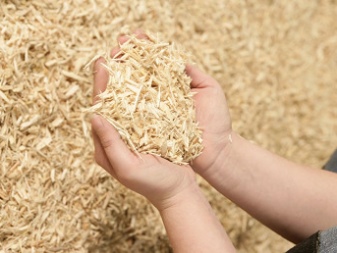
Useful Tips
Regardless of the raspberry variety, the plant must be treated with some care and regularly monitored for its condition: timely inspect for symptoms of diseases, pest affected areas. It is much easier to prevent a negative impact and start prevention than to save a dying plant. Raspberry care in the fall should be carried out gradually. There is no need to rush to shelter from the cold, because sunny weather can return more than once, and the covered shrubs will begin to rot under dense material and the rays of the sun. All actions begin in the summer.
In the autumn period, you need to act according to the basics of competent agricultural technology: correct pre-winter watering, the necessary fertilizers, timely pruning and spraying from parasites, infections and diseases, preparation for the winter cold snap. The work of caring for any variety of raspberries involves a number of steps. All remaining leaves should be torn off, which is not difficult to do. After all, the leaves are already dry, which means that it is enough just to move your hand from the bottom up.
Then you have to do it right prepare the soil. The earth should be dug up and loosened up. All the garbage that has accumulated over the summer is removed and later burned or sent for decay. Shrubs must be kept clean. It is necessary to remove all pests that can overwinter and negatively affect parts of the plant when it gets warmer. They dig up the ground a couple of times a year, because the raspberry bush loves the soil without excess acid, but with a high content of elements of organic origin.
At the end of October, raspberries begin to be prepared for winter.... The leaves are already flying around, the vital activity of the plant is inhibited. Young shoots are cut off. They are not yet strong and will not be able to survive the frost. A few days before frost, raspberries are finally watered in moderation. If it rains, watering is not required.
Garter branches. Thus, it turns out to protect the stems from the threat of severe frosts. All you need to do is fix the shoots as low as possible. If the winter is not snowy, but rather cold, you need to cover the raspberry tree next to the snow on your own.
If you follow the correct autumn agricultural techniques, taking care of raspberries will not be difficult. Thanks to correct and uncomplicated work in the fall, you can provide your whole family with a healthy harvest.

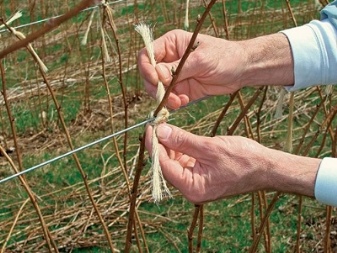













The comment was sent successfully.